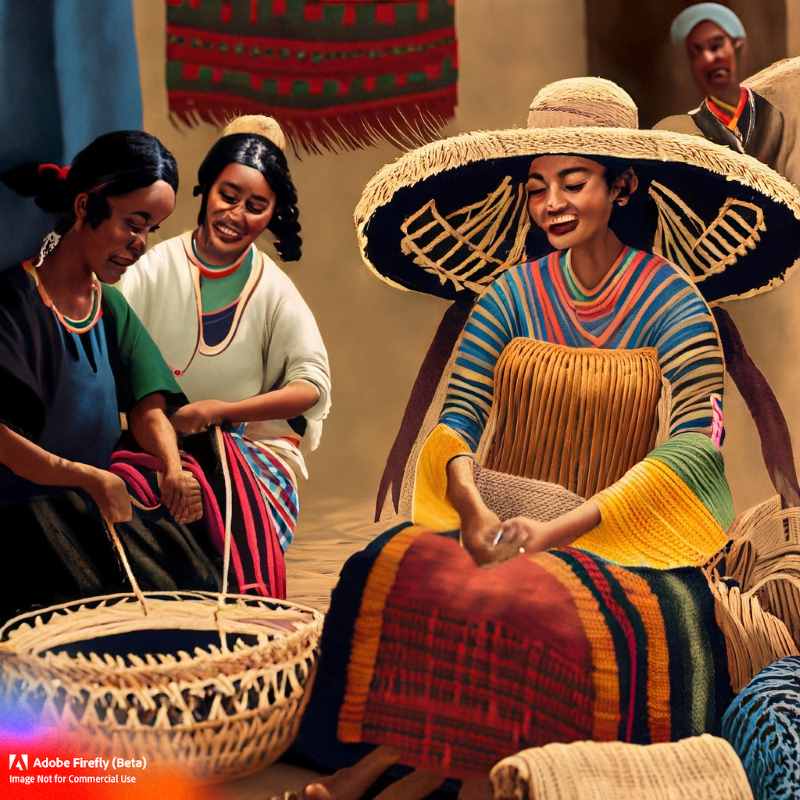Mexican Basketry: Weaving the Roots of Mexico's Pre-Hispanic Legacy
Discover the rich cultural heritage of Mexico's pre-Hispanic legacy through the art of basketry. Learn about the traditional craft and how it preserves the indigenous worldview. Support local artisans and help ensure the continued existence of this unique craft.





